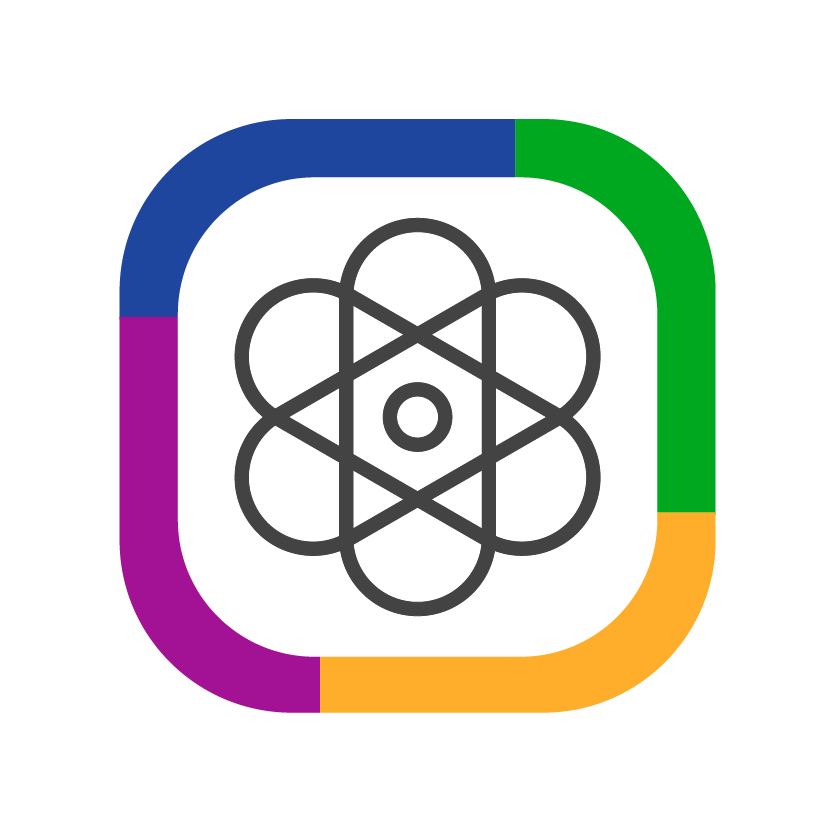Course Level Patterns Constructed by Integrating the Pedagogical Approach Pattern to the Selected Disciplinary Practice

Course Level Pattern for engineering design disciplinary practice adopting Self-Directed Learning as Pedagogical Approach
Description:
This is a course (or module or curriculum unit) pattern that specifies a sequence of curriculum components (CCs) that can be used to structure the design of a course that provides an engineering design experience to learners that adopts SDL as the pedagogical approach. This pattern is very popular with K-12 STEM teachers to provide some authentic inquiry oriented learning opportunities to younger learners. The end-product of the learning process may involve the invention of a new product/ technology or improvements in existing ones.
In specifying this course pattern, a simple model of the engineering design process is assumed: brainstorming (for competition entry), ideation, prototyping, register the prototype to enter a competition, and product optimization.
Curriculum Component(CC) Patterns:
1. Brainstorming for goal setting
2. Ideate design plans for self-planning
3. Prototype construction for self-monitoring
4. Competition for self-evaluation
5. Product optimization for revision

Course Level Pattern for Scientific Investigation disciplinary practice adopting Self-Directed Learning as Pedagogical Approach
Description:
This is a course (or module or curriculum unit) pattern that specifies a sequence of curriculum components (CCs) that can be used to structure the design of a course that provides a Scientific Investigation experience to learners that adopts SDL as the pedagogical approach. This pattern is very popular with K-12 STEM teachers to provide some authentic inquiry oriented learning opportunities to younger learners. This pattern motivates our young learners and encourage them to understand how scientists work: asking inquiry questions and learning how to design experiments to arrive at rigorous, evidence-based conclusions.
In specifying this course pattern, a simple model of the scientific investigation process is assumed:
– stimulating the setting up of the inquiry question by putting forward a stimulating scenario and getting students to engage in a cycle of “predict, observe, explain”.
– students design an experiment that incorporates the concept of a fair test
– conducting the experiment and collecting the data
– analysing and interpreting the data, and arriving at a conclusion
Curriculum Component(CC) Patterns:
1. Predict-observe-explain for goal setting
2. Design fair test for self-planning
3. Conducting experiments for self-monitoring
4. Data analysis and scientific reasoning for self-evaluation and revision
(5. if time permits and appropriate, can have a fifth CC on revision of the experimental design to improve/extend the findings)

Course Level Pattern using Constructing a Funding proposal disciplinary practice as the Mission in the Adoption of Mission-Focused Inquiry Pedagogical Approach
Description:
This course level pattern provides an illustration of how to structure the focal learning experiences in a course that adopts Mission-Focused Inquiry as its primary pedagogical approach. An important design decision in a Mission-Focused Inquiry course is to break down the challenge of constructing the overall mission into several stages of construction, with each stage connecting with some identifiable knowledge and skills to be addressed in the course learning outcomes and applying these to the construction of a specific component of the final deliverable in the mission. In this example pattern, the misson is to construct a funding proposal for an e-learning innovation project. The course is structured around 7 cycles of application of the same Curriculum Component (CC) Pattern “acquisition and application of knowledge and skills to construct a solution” to each of 7 focal themes in a course on educational leadership and digital technology that selected the Construction a Funding proposal as the Disciplinary Practice.
Sequence of 7 Curriculum Components in this course, each constructed by applying the same CC Pattern “acquisition and application of knowledge and skills to construct a solution” to 7 submissions:
1. Problem specification through acquisition and application of Role of ICT in 21st C education and E-Learning policies as context dependent
2. SWOT analysis, short & long term goals through acquisition and application of E-Learning as pedagogical innovation
3. Model of change implementation, sustainability and scalability through acquisition and application of different ways of conceptualizing and leading learning innovations
4. Teacher learning: goals, provisions and guidelines through acquisition and application of models of teacher learning and the scalability of e-learning innovations
5. eLeadership at school level through acquisition and application of models of architectures for learning and infrastructuring for sustainable innovation
6. Connecting eLeadership @ policy, school and teacher levels through acquisition and application of E-Learning implementation as sociotechnical co-evolution and e-learning leadership
7. Monitoring & evaluation plan: TELIP as changing ecologies through acquisition and application of technology and education systems as ecologies
